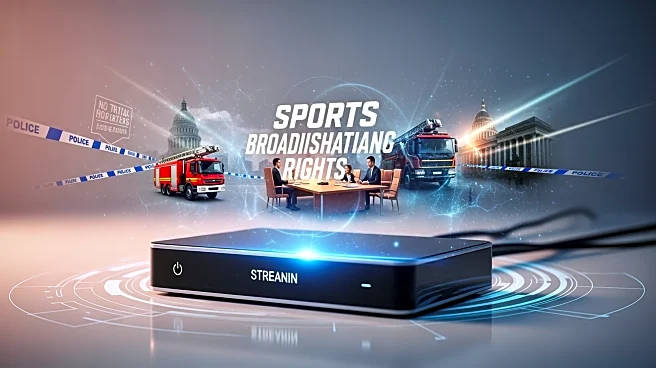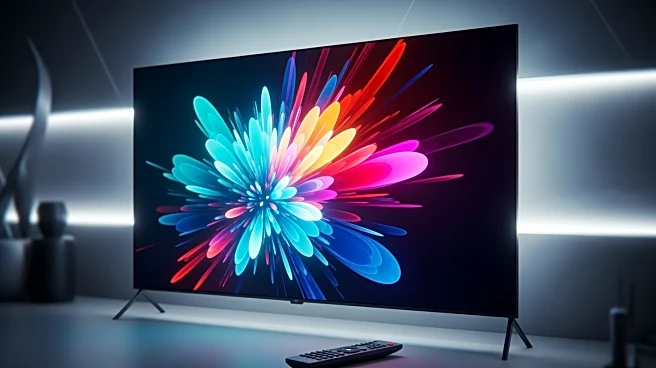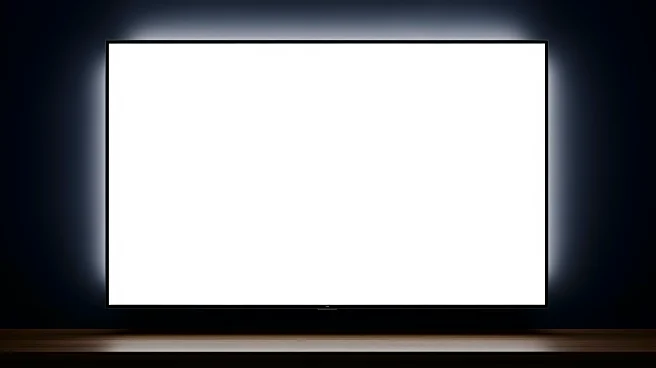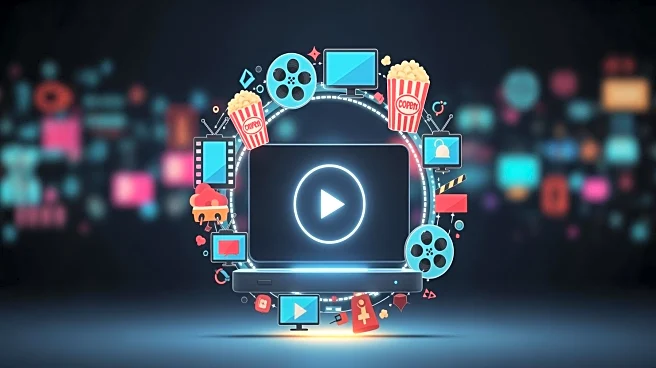What's Happening?
A contract dispute between Disney and Google has led to YouTube TV dropping ESPN and other Disney-owned channels, affecting around 10 million subscribers. This conflict is part of a larger power struggle
between traditional media companies and tech giants over sports broadcasting rights. The blackout began on October 30, when YouTube TV announced it would stop airing Disney-owned stations, including ABC and ESPN. The standoff is not just about subscriber counts or viewership numbers but reflects a broader shift in how sports content is consumed and the rivalries that define this landscape.
Why It's Important?
The dispute is a harbinger of changes in the sports broadcasting industry, where tech giants like Google and Amazon are increasingly competing for live sports rights. This shift could alter the dynamics of how sports content is distributed, with tech companies leveraging their platforms to reach younger demographics. The blackout also highlights the challenges faced by traditional media companies like Disney, which must navigate these new competitive pressures while maintaining their existing audience base. For consumers, the immediate impact is the loss of access to popular sports content, which could drive them to seek alternative viewing options.
What's Next?
As the dispute continues, both Disney and YouTube TV are under pressure to reach an agreement. Disney risks losing revenue from YouTube TV's large subscriber base, while YouTube TV must consider the potential loss of subscribers dissatisfied with the absence of key channels. The resolution of this conflict will likely involve negotiations over carriage fees and the terms of content distribution. The outcome could influence future deals between tech platforms and content providers, potentially reshaping the sports broadcasting landscape.











